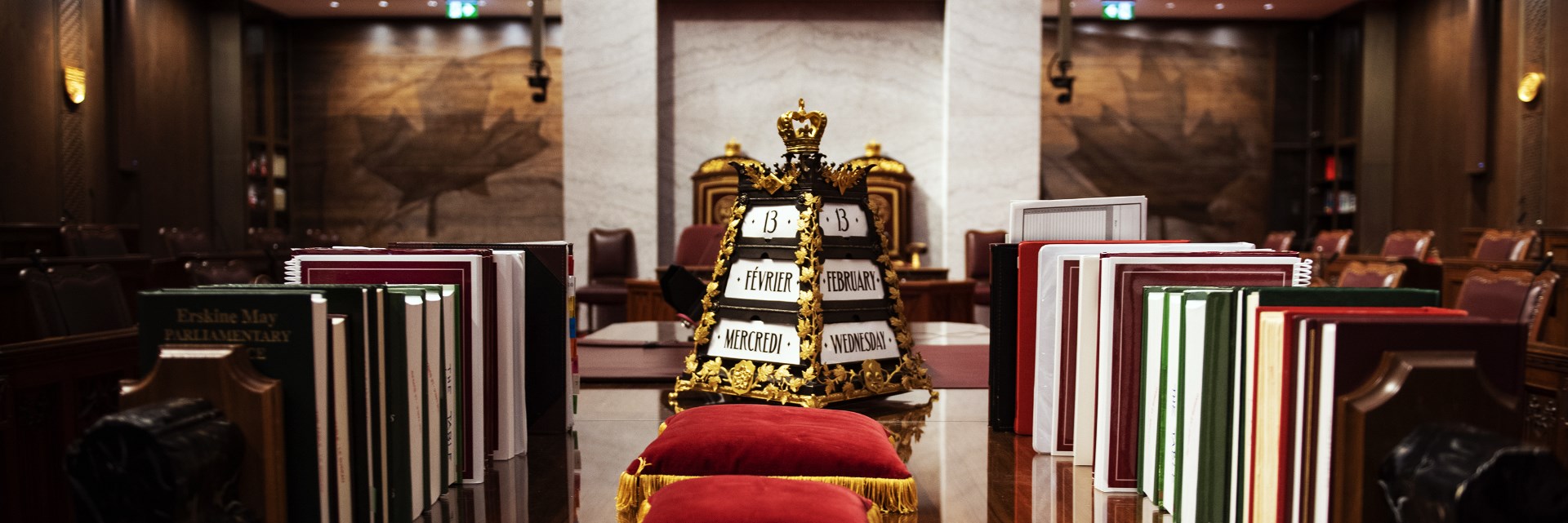Like most legislatures in Canada, the Senate has patterned many of its practices on its parent model, the British Parliament at Westminster. Many of its rules of procedure are similar to those found in other legislatures across Canada and in the Commonwealth. However, as the only upper chamber in the country, the Senate has also developed some practices that are distinct from other Canadian legislatures. Some of these practices reflect the fact that the Senate, as an appointed body, has a fundamentally different role than the elected House of Commons. While both chambers hold the Government of the day to account through the review of its bills and policies, one of the Senate’s main roles is to be a complementary chamber, to give legislation a second review and to consider policies from a different perspective.
Parliamentary procedure is not always simple. At its core is a basic tension founded on the need to balance two contending objectives and obligations: to assure the majority the right to have its way and to allow the minority the right to a fair hearing. The ability of the Senate to manage these objectives and to reconcile them through its rules and practices is ultimately the measure of its success as a parliamentary body.
These procedural notes have been prepared to provide information on how the Senate conducts its business. They are intended to provide a clear and simple explanation of some aspects of Senate procedure. This, in turn, can promote a better understanding of the functioning of the Senate. They do not in any way replace the Rules of the Senate, Speaker’s rulings on points of order and questions of privilege raised by senators, and the decisions of the Senate itself. All of these must be taken into account, and works on parliamentary procedure also consulted, for detailed guidance on the issues covered here.

